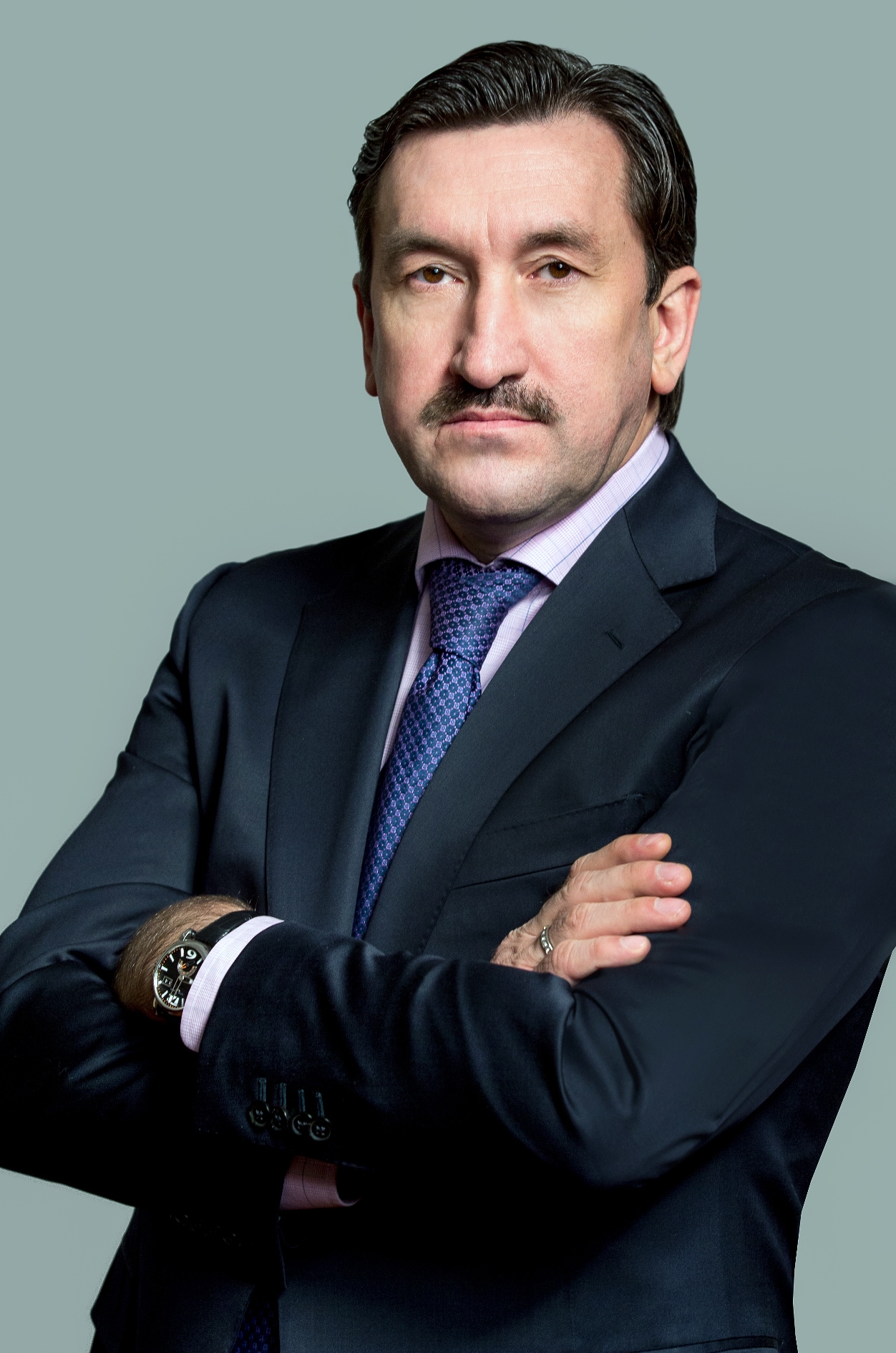26 October 2014
Interview with... Igor Moiseenko - Director General FSUE "State ATM Corporation"
Director General FSUE "State ATM Corporation"
[Cleared n°9- Year XI October 2014]
Director General FSUE "State ATM Corporation"
[Cleared n°9- Year XI October 2014]

Russian Federation links Europe to Asia, this position brings challenges and opportunities, which is your experience in covering different Regions?
Russia's geographical position makes it a natural connecting bridge between Europe and Asia. The State ATM Corporation provides services along a range of trans-continental routes, such as Asian routes linking Europe with Middle East states, Trans-Asian routes connecting Europe with Asia, Trans-Siberian and Trans-Polar routes connecting Europe and South-East Asia, Cross-Polar routes intended for flight operations from North America to Middle East, Asia and South-East Asia, and finally Trans-Eastern routes which connect North America and South-East Asia.
These routes are being constantly improved and are highly popular among airspace users. For instance, when flying along the Cross-Polar routes from North America to South-East Asia and backwards airlines can reduce their flight time between 4 to 5 hours.
The State ATM Corporation closely cooperates with adjacent states in the area of airspace management and consistently focuses on establishment of new entry and exit points. Currently, there are 175 entry/exit points with 19 adjacent states.
SESAR in Europe, NextGen in the US, how is the State ATM Corporation addressing the modernization of ATM?
The modernization of the Russian ATM system is similar by its scale to SESAR and NextGen. 13 consolidated ACCs will have been established by 2020 under the Federal Target Programme "Modernization of the Joint ATM System of the Russian Federatioin" (2009-2020).
Today, air traffic control is provided by 44 ACCs with 265 towers. Within the framework of the ATM system modernization ACCs are consolidated, provision of air navigation services in terminal areas and en route is constantly improved, radar sites as well as other technical facilities are upgraded and a transition to advanced solutions based on the implementation of CNS/ATM technologies is ongoing.
What are the main technological and operational challenges that State ATM Corporation Russian is facing?
Our Corporation comprises 17 branches which provide services over the territory of 26 million km2 over the sovereign territory and the high seas. The distance between the easternmost and westernmost points of Russia totals 10 000 km, from North to South it is 4 500 km with 11 time zones. Provision of air navigation services over such a huge territory is not an easy task.
Furthermore, it is well-known that Russia is not only the largest country in the world but also the coldest one with long frosty winters which inevitably affects State ATM Corporation activities. In such harsh weather conditions the State ATM Corporation encounters a challenge to provide a year-round operation of CNS/ATM equipment to ensure flight safety. Implementation of latest and advanced technologies remains one of our priority tasks.
Which are State ATM Corporation priorities for the future and how the cooperation among ANSPs can help?
In the foreseeable future the State ATM Corporation will be focusing on the implementation of a number of Federal Target Programmes, to name a few, "Modernization of the Joint ATM System" and "GLONASS Programme".
Safety is the State ATM Corporation top priority. In the years to come, 100 short-range navigation systems, 110 terminal, en-route and secondary radars will be deployed as well as 100 GBAS/GRAS stations; over 50 satellite communication stations, 770 VHF/HF voice communication and ATIS stations are to be modernized. Additionally, 100 full-scale and visual simulators will be implemented. In the long run, it is a matter of increasing the ATM system efficiency while maintaining or enhancing a level of safety.
Our cooperation policy with various ANSPs envisages a fruitful collaboration and we are always open for mutually beneficial projects with our European and Asian partners. Our experts actively participate at various ICAO meetings; an effective cooperation in the Baltic Sea region has been established, regular meetings on improvement of Cross-Polar and Trans-Eastern ATS routes are conducted. These are just a few examples out of many.
Special attention is paid to our cooperation within "Eurasia" Coordination Council, an organization which comprises eight ANSPs of the region. Its cooperation dates back to the early 2000s and it has been improving ever since making it possible to tackle various issues and operational challenges in the Eurasia region. In conclusion, I would like to take this opportunity to wish ENAV and its employees prosperity and great success in all future endeavors.


